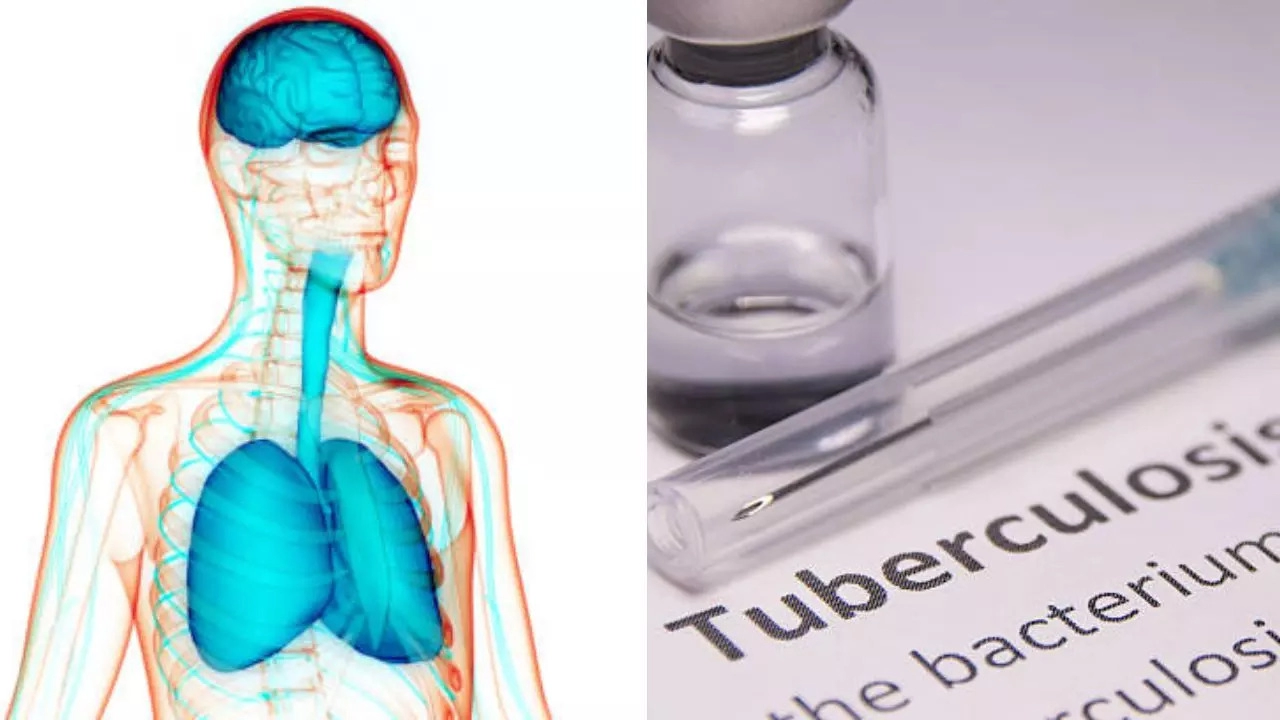News
Indian Scientists Develop Breakthrough Method To Treat Brain Tuberculosis; Know All About It

Also known as tuberculous meningitis – the condition is caused by the seeding of the meninges with the bacilli of MTB causing inflammation around your brain or spinal cord
In a breakthrough discovery, Indian scientists have developed a unique, distinctive way through the nose to deliver medicines for tuberculosis directly to the brain. The feat was achieved by the researchers from the Institute of Nano Science and Technology in Mohali - an autonomous institute of the Department of Science and Technology.
Also known as tuberculous meningitis – the condition is caused by the seeding of the meninges with the bacilli of MTB and is characterized by the inflammation of the membranes around your brain or spinal cord. According to statistics, around one-third of the world’s population is presumed to be infected with MTB – a life-threatening and fatal disease. India accounts for about 25 per cent of the global TB burden, with an estimated incidence of 2.77 million in 2022.
How does the nose-to-brain drug delivery work?
Scientists said the delivery of the novel nose-to-brain drug utilizes the olfactory and trigeminal nerve pathways in the nasal cavity and effectively bypasses the challenging blood-brain barrier.
Even though traditional TB treatments involve high doses of oral drugs, experts say they mostly fail to achieve effective concentrations in the cerebrospinal fluid as the BBB limits the medicines from entering the brain.
To counter this, the scientists used nanoparticles made of chitosan - a fibrous substance that might reduce how much fat and cholesterol the body absorbs from foods - which bypassed the BBB and delivered TB medicines directly to the brain through the nose. According to experts, chitosan is a biocompatible and biodegradable material. Chitosan nano-aggregates TB drugs like isoniazid and rifampicin and sticks to the nasal mucosa - which helps the nano-aggregates stay in one place so that they can release the drug, enhancing its therapeutic effectiveness.
“In mice infected with TB, the nasal delivery of these nano-aggregates reduced the number of bacteria in the brain by nearly 1,000 times more than in untreated mice,” said the team in the paper, published in the journal Nanoscale (Royal Society of Chemistry).
Treatment would help reduce inflammation
According to the scientists, the new treatment method would also help reduce inflammation caused by the infection—an advance that has the potential to greatly improve treatment for people suffering from brain TB and could help in faster recovery.
This method, scientists say, can also be applied to treat other brain infections and neurodegenerative diseases like Alzheimer’s and Parkinson’s, along with brain tumours, and epilepsy, by enabling efficient drug delivery to the brain for a quicker effect.
Get Latest News Live on Times Now along with Breaking News and Top Headlines from Health and around the world.
Our Blogs
Our Recent News

5 Side-Effects Of Having Too Much Turmeric: What Is The Right Amount To Consume Haldi
5 Side-Effects Of Having Too Much Turmeric: What Is The Right Amount To Consume Haldi (Image Credits...

Love E-Cigarettes and Fancy Vaping Pens? Here's What Experts Want You to Know
Image - Canva Vaping, often touted as a safer alternative to smoking, has gained popularity, especia...

Avoiding Cold Showers In Winter? Know How It Can Be Beneficial For Your Health
Know How Cold Showers In Winter Can Be Beneficial For Your Health Photo : iStock Cold Showers Benefi...

